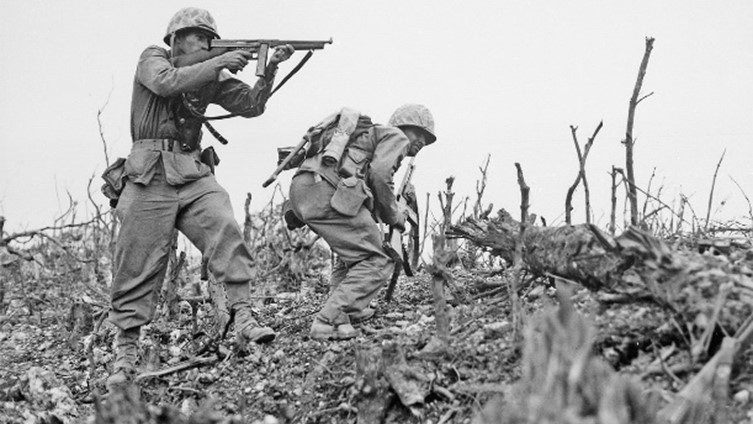The First World War witnessed the capture and internment of millions of soldiers as prisoners of war (POWs). Through the view of archaeology, we can uncover the physical and personal stories of these incarcerated individuals. This article explores the archaeology of POW camps during the First World War and the valuable insights it provides into their experiences. And also Archaeology helps us learn about prisoner of war (POW) camps from World War I. Archaeologists dig up old camps to find clues about what life was like for captured soldiers. They look at the buildings, like barracks and dining halls, to see how the camps were set up. They also find personal items, like clothes and tools, and many more, this all the things helps more about their daily life. that tell us about the prisoners’ lives. Sometimes, they even find writings or drawings on the walls, showing what the prisoners were thinking and feeling.

During World War I, around eight million men were captured and held in prisoner-of-war (POW) camps until the war ended. The Hague Rules were followed by most nations, which aimed to ensure fair treatment of prisoners. Generally, POWs had a higher chance of survival than those who weren’t captured. Archaeologists also study things like water systems and garbage areas to understand how the camps were organized. They look at bones and food containers to learn about the prisoners’ diets and how they were taken care of themselves. They also find items related to fun activities, like sports and music, which show how the prisoners tried to have a good time and stay connected. Archaeologists found normal and basic life, and their remnant is the major source of their life, also with the help of bones and other materials, archaeologists uncover the many truths related to their life.
By studying these things, archaeologists help us understand what it was like for prisoners of war during World War I. They show us how the prisoners lived, what they did to stay hopeful, and how they tried to escape. It helps us see the human side of their experiences and how they persevered even in difficult times. With the help of archaeologists, archaeologists were exposed to the reality of their daily lives. furthermore, we also take as a lesson in our life that in any situation we live hopefully, peacefully also to understand the situation and then take action.
Discovering the Past: Archaeological Studies of POW Camps:
Archaeologists have studied and excavated former POW camp sites to learn more about the lives of prisoners. By finding artifacts, structures, and personal belongings, they can piece together what it was like for the POWs during their captivity. These studies give us a unique perspective on their daily lives, how they coped, and how they managed to survive. Numerous artifacts and their daily usage thing were found in their sites, because of these remnants, we can make a clear picture of them, and also with the help of this we get clear ideas about prisoners of World War 1.
Camp Layout and Buildings:
Archaeologists have uncovered the layout and buildings of POW camps. They find the remains of barracks, administrative buildings, toilets, and recreational areas. These discoveries help us understand how the camps were organized and what living conditions were like for the prisoners. Also, with the help of administrative buildings, we can get information about their legal reports, weapons, maps, and all data related to their wars.
Artifacts and Personal Items:
Archaeologists have found many artifacts from the POW camps, such as personal items, tools, utensils, and even artwork made by the prisoners. These objects give us a glimpse into their daily lives, activities, and how they managed their time while imprisoned. Letters, diaries, and graffiti found on walls provide firsthand accounts of their experiences, emotions, and thoughts. In jail, people were sharing their emotions through the wall of paintings and their handmade items. All these things were done by the prisoners who just spent their entire life in prison and share their emotions and feelings through this artwork.
Survival Skills and Resourcefulness:
The archaeological record shows us how resourceful the POWs were in adapting to their situation. They made tools from whatever materials they had available, showing their determination to improve their conditions. Archaeologists have also found evidence of secret escape tunnels and hidden items, revealing the prisoners’ resilience and their desire for freedom. Archaeologists found numerous things while exerting their places whatever they had they used all the things to make their lives better and fulfill their needs.
Archaeology helps us to uncover the lives of prisoners of war during World War I. It ensures that their stories are preserved for future generations to understand and appreciate. This gives inspiration for future generations of how the people were living even in war times, with the lack of opportunities and facilities, in addition, it gives meaning to adjustment in life in any situation.
In the last, all of these discoveries help us understand what happened during World War I. They give us a glimpse into the lives of soldiers and the challenges they face. These findings help us remember and appreciate the sacrifices made during the war. During the war tremendous things happened in that time we have to appreciate the hard work and sacrifice that they gave for their country.
ARTICLE BY – PINAL LIMBACHIYA | EDITED BY – SAHIL HARVANI



